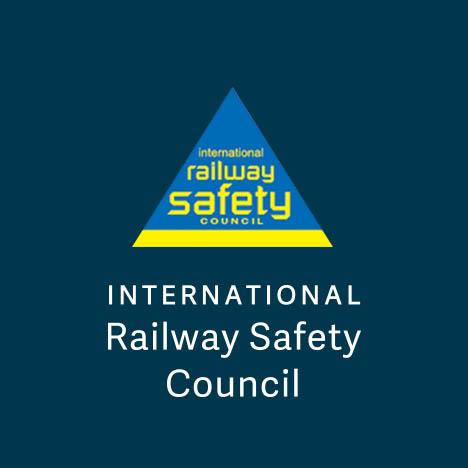Train-pedestrian collisions are the most common accident type among all fatal railway accidents occurring on Finnish railways. Specifically, around 50 to 60 people are killed in such collisions every year, and this number has stayed rather stable in recent years. The main aim of this presentation is to describe the frequency of fatalities, timing of collisions and characteristics of persons killed in train-pedestrian collisions on Finnish railways during 2005Ð2020. In addition, similarities and differences between different types of events (accidents vs. suicides) were investigated to support the identification of focal areas for future research, and to help determine general preventative strategies for train-pedestrian collisions and/or separate strategies for different types of events.
The data for the analysis was obtained from five different sources. The data covered 889 train-pedestrian fatalities, including 795 suicides, 73 trespassing fatalities and 21 unclassified events. The characteristics included in our analysis covered gender and age, pre-crash behaviour, intoxication, mental health, whether there had been a past suicide attempt, whether a suicide note or farewell had been left and the type of train involved. The results showed that most victims were male for accidents and suicides. It was also found that most suicide victims waited on the tracks before the train arrived. Less frequent behaviours included running or jumping in front of the train and walking in front of the train. Accidents happened most frequently in situations where a person was lying/sitting on the tracks or was crossing the track. Both suicides and accidents had a relatively even distribution by month and weekday.
Multivariate logistic regression analyses were used to assess the impact of various background variables on i) whether a collision had been accidental or intentional, and ii) whether a track kilometre was associated with one or multiple train pedestrian collisions. The results showed that a collision was significantly more likely to be accidental if it occurred on a weekend, if the victim was intoxicated by alcohol, medicine and/or drugs and if travelling in a group.
The results of both analyses will be presented and discussed during the presentation. The results of our analyses show the main demographic groups and the type of behaviour that should be focused on in preventative efforts. One of our main findings is that the effective prevention of train-pedestrian collisions calls for a systems approach involving effective measures introduced by several authorities covering urban planning, railways, education and public health.

